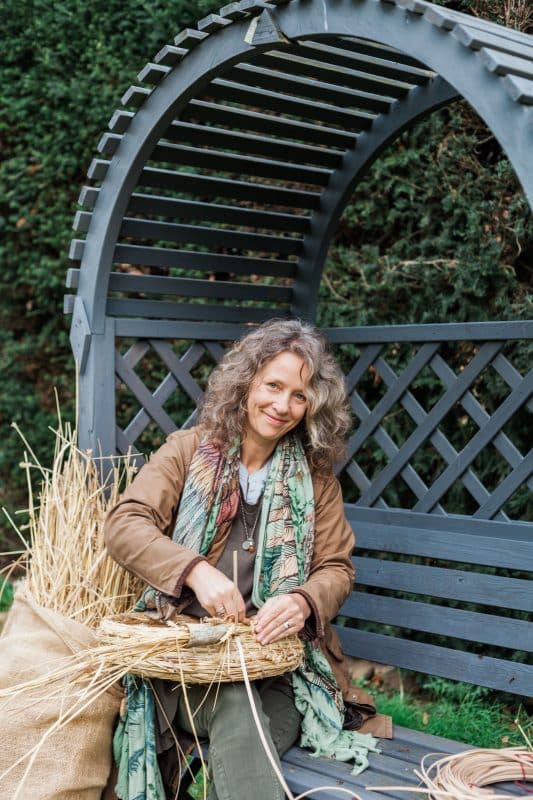Your crofting questions answered
By Ian Blois, Senior Land Agent, Bell Ingram Highland
The unique land ownership system involved in buying and selling crofts in Scotland’s Highlands and Islands can be complex and difficult to navigate.
If the idea of Crofting and Crofting Legislation sounds arcane and old-worldly, it should be remembered that what began as a result of the 1883 Royal Commission on land tenure in the Crofting Counties, continues today with the slightly different purpose of retaining working-age communities in isolated areas of the North of Scotland.
In recent months, interest in moving to the Highlands has remained strong with many enquiries coming from people hoping to find a permanent home, often with some land or a plot to build their dream home.
With many small-holdings being subject to crofting tenure, our in-house crofting expert, Ian Blois, answers some of the frequently asked questions to help you understand crofting regulations in Scotland.
Q. I am looking at buying a croft with a house that requires a lot of work to be done to it before it is fully habitable. Given that crofting regulations require residence, how would that work? And how much time between purchase and residency would be allowed before you were in breach?
A. I am not sure that there is any specific time period before you would breach the regulations and the Crofting Commission do recognise the practicalities involved in building a house before moving to the croft, so it shouldn’t be a problem.
If your offer is successful, it will be subject to getting approval to the transfer from the Crofting Commission so you must have a genuine intention to live within 32km and actively farm the croftland. They will not approve your application if they think you are going to build a holiday cottage and continue to live permanently in Glasgow, for example.
Once your tenancy has been approved you should be fine, as long as you are making a genuine effort to build the house and to manage the land e.g. making a planning application, fixing fences etc. The Crofting Commission also allow tenants to be “absent”, if there is a genuine reason and you let them know, so there is a bit of wriggle room.
Always bear in mind that the Crofting Commission have the power to terminate the tenancy and to allocate it to someone else, if you don’t fulfil your obligations, even if you are the owner of the land. The new tenant would then have the right to buy the croft.
Q. Can you clarify what is meant by ‘owner occupied croft’?
A. Historically croftland has been part of a large estate, with many crofts being in the ownership of one landowner and the crofting tenants having the right to farm the land. This is similar in effect to the Freehold and Leasehold of a block of flats. Nowadays many crofts have become owner-occupied crofts, where the crofting tenant has bought the land, whilst retaining the tenancy.
As the tenancy is still subject to crofting regulations and overseen by the Crofting Commission, owner-occupiers remain obligated by the Crofting Commission to live within 32 km of the croft and to actively manage the land.
When an owner/occupied croft is sold on the open market, the buyer will be purchasing both the land and the tenancy or assignation. However, because the Crofting Commission has to approve the transfer of every assignation, offers to buy should be made subject to obtaining the Commission’s approval of the new owner as tenant.
Q. I am looking to sell my house which is currently part of a croft. What is the best way to do this?
A. If the land which the crofthouse occupies is still part of the croft, it would be best to apply to the Crofting Commission to decroft an area around the house and garden prior to putting it on the market. Banks and building societies will not offer a mortgage on a house which is still subject to crofting tenure, so many potential buyers would be unable to complete the purchase.
If you are looking to decroft your house and garden certain rules apply:
1.The tenant should not have made a decrofting application within the last five years.
2.The area to be decrofted should be no more than 0.2ha (or a good case must be made for a larger area).
3.The area must be for the house and garden only and should not normally include agricultural sheds.
4.The landlord’s consent in writing must have been received, with evidence provided as part of the application.
5.The decrofted land must be purchased from the landowner within five years of the Decrofting Order.
In the case of an owner/occupied croft where the crofting tenant already owns the land, purchase from the landowner and landowner’s consent obviously do not apply.
Q. We wish to de-croft our property. Can you advise on the costs involved and timescales?
A. First of all we would need to know if the croft has been registered on the map-based Crofting Register. This is a requirement prior to any application to the Crofting Commission to change details of a croft on the Register of Crofts. Whether the tenancy is being passed down a generation, being sold on the open market or a site is being decrofted, the crofting tenant must arrange for the croft to be registered. This process involves a fee and the cost of an advertisement in local newspaper, along with the cost of preparing a plan and completing the forms. A nine-month period must be factored in, to allow neighbours to make an objection to the boundaries if they think there are incorrect.
The application to decroft a house site can be submitted at the same time or on its own if the croft is already registered. Again, this will require a plan showing the area to be decrofted, giving areas and any access rights required if the site is not adjacent to a public road.
Once the application has been accepted (after any amendments), the Crofting Commission aim to make a decision within six weeks, with a further 42 days allowed for members of the public to make an objection. If all goes well the whole process is likely to take up to four months. Finally, there is a fee to pay to amend the information held on the Crofting Register.
As far as costs are concerned, each application is different, and your agent or lawyer will be able to advise.
Q. Can a company own a croft?
A. A company can own croftland, i.e. land that is subject to crofting tenure, but under crofting legislation a company cannot be registered as crofting tenant. So, if a company bought a croft, the existing crofting tenant would remain as the registered tenant and be able to exercise his/her right to buy the croft outright at 15 times the annual rent.
Q. Can you build a house on croft land?
A. In the case where there is no house on the croft, there is a presumption in favour of obtaining planning consent from the local authority for a house, either as a new build or to renovate a dilapidated cottage. This does not usually apply to non-crofted land, it allows the crofter the opportunity to satisfy their obligation to live on their croft and to manage the land and livestock on a daily basis.
In the case of a new build, the crofter will need to apply to the Crofting Commission to decroft a house site, to take it out of agricultural use, but this is generally given where planning consent is already in place.
For further information, I would recommend consulting the Crofting Commission website which holds all the relevant forms and guidance notes and has as a very helpful FAQs page. For more legal questions, most solicitors with an office in the Highlands and Islands are well versed in crofting law.
In conclusion, if the idea of Crofting and Crofting Legislation sounds arcane and old-worldly, it should be remembered that what began as a result of the 1883 Royal Commission on land tenure in the Crofting Counties, continues today with the slightly different purpose of retaining working-age communities in isolated areas of the North of Scotland.
For more information on crofts please contact Senior Associate, Ian Blois on 01463 717799 or email ian.blois@bellingram.co.uk











